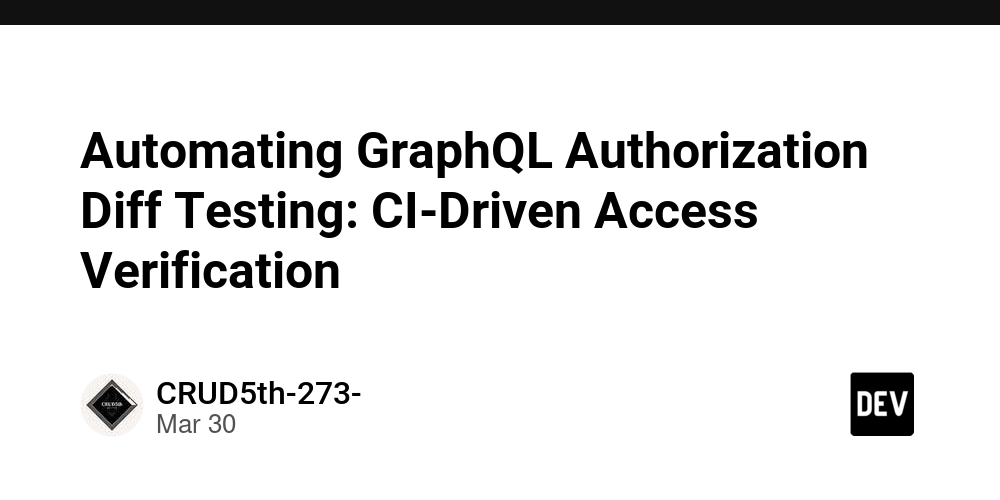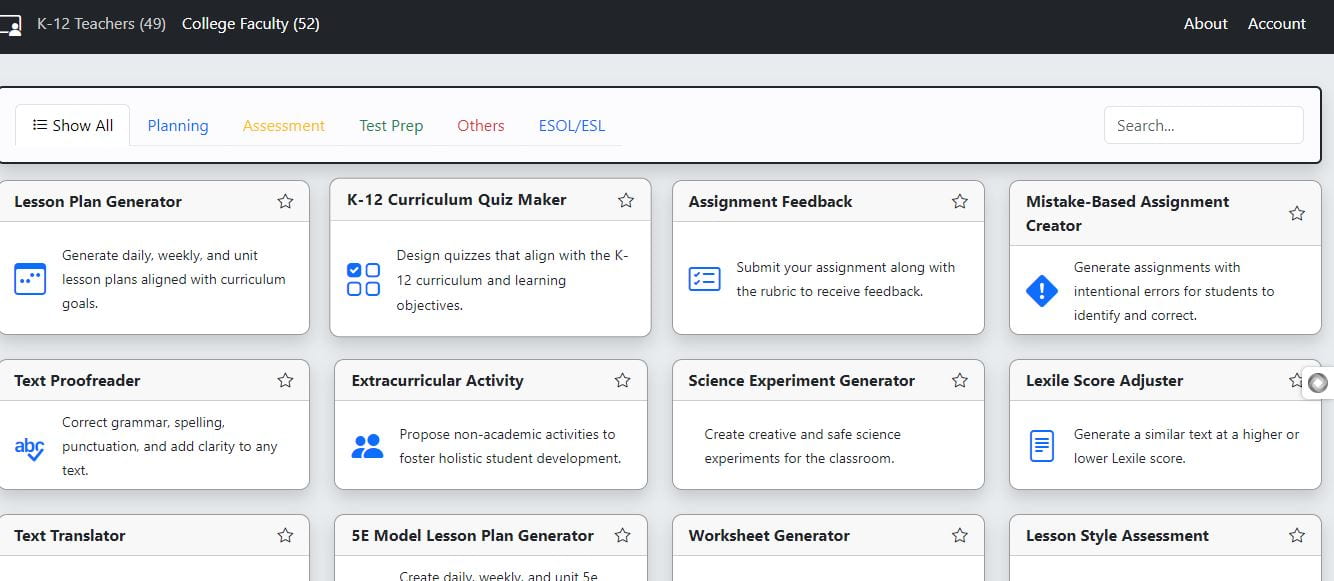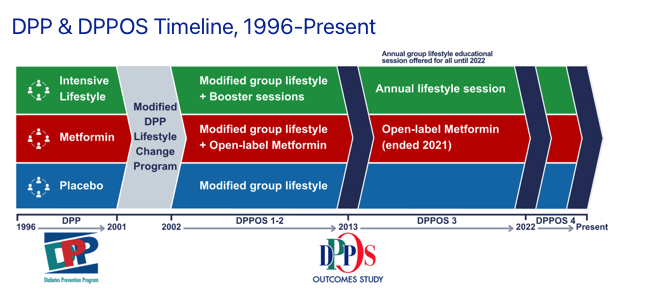Automating GraphQL Authorization Diff Testing: CI-Driven Access Verification
Manual validation of GraphQL access control is tedious, error-prone, and unscalable. When RBAC rules evolve, it’s easy to introduce permission drift — granting unintended access or revoking legitimate ones. This article shows how to automate authorization difference testing to ensure only the right roles access the right resources. 1. Problem: RBAC Drift in GraphQL APIs When field-level or object-level rules change, it’s difficult to answer: “Can a USER still read email?” “Did we accidentally give GUEST access to adminStats?” “Are ADMIN and SUPERADMIN aligned across environments?” 2. Solution Overview We define: A set of test queries that represent core permissions A matrix of roles & tokens Expected allow / deny outcomes A CI test that verifies these expectations per role 3. Setup: Roles and Test Matrix Example roles: const roles = ['GUEST', 'USER', 'ADMIN']; Test cases: const tests = [ { name: 'user can read their own profile', query: `{ me { id email } }`, role: 'USER', expectAccess: true, }, { name: 'guest cannot access stats', query: `{ adminStats { userCount } }`, role: 'GUEST', expectAccess: false, }, ]; 4. Token Generator Use pre-signed JWTs or mock tokens per role: function getTokenForRole(role: string): string { return jwt.sign({ role, userId: '123' }, SECRET); } 5. Execution Logic Use graphql-request or apollo-client to send queries: import { request, gql } from 'graphql-request'; async function runTest({ query, role, expectAccess }) { const token = getTokenForRole(role); try { const res = await request({ url: 'http://localhost:4000/graphql', document: gql`${query}`, requestHeaders: { authorization: `Bearer ${token}` } }); if (!expectAccess) throw new Error('Expected denial but got data'); } catch (err) { if (expectAccess) throw new Error('Expected data but got denied'); } } 6. CI Integration Run tests via jest, vitest, or plain node script: node test-permissions.js Add to GitHub Actions, GitLab CI, or any CI/CD runner to verify RBAC on every push. 7. Bonus: Diff Snapshot Testing Store expected output snapshots per role using jest-snapshot: expect(response).toMatchSnapshot(`${role}-${queryName}`); Detect subtle API shape drifts, even across environments. Final Thoughts Authorization is dynamic. Regression is silent. With RBAC diff testing in place, you get early warning before a misconfigured permission becomes an incident. Next: Visual matrix reports (role × query coverage) Field-level permission map generators Integration with Hasura metadata or Apollo schema diff tools Declare the rules. Prove the intent. Automate the boundary.

Manual validation of GraphQL access control is tedious, error-prone, and unscalable.
When RBAC rules evolve, it’s easy to introduce permission drift — granting unintended access or revoking legitimate ones.
This article shows how to automate authorization difference testing to ensure only the right roles access the right resources.
1. Problem: RBAC Drift in GraphQL APIs
When field-level or object-level rules change, it’s difficult to answer:
- “Can a
USERstill reademail?” - “Did we accidentally give
GUESTaccess toadminStats?” - “Are
ADMINandSUPERADMINaligned across environments?”
2. Solution Overview
We define:
- A set of test queries that represent core permissions
- A matrix of roles & tokens
- Expected
allow/denyoutcomes - A CI test that verifies these expectations per role
3. Setup: Roles and Test Matrix
Example roles:
const roles = ['GUEST', 'USER', 'ADMIN'];
Test cases:
const tests = [
{
name: 'user can read their own profile',
query: `{ me { id email } }`,
role: 'USER',
expectAccess: true,
},
{
name: 'guest cannot access stats',
query: `{ adminStats { userCount } }`,
role: 'GUEST',
expectAccess: false,
},
];
4. Token Generator
Use pre-signed JWTs or mock tokens per role:
function getTokenForRole(role: string): string {
return jwt.sign({ role, userId: '123' }, SECRET);
}
5. Execution Logic
Use graphql-request or apollo-client to send queries:
import { request, gql } from 'graphql-request';
async function runTest({ query, role, expectAccess }) {
const token = getTokenForRole(role);
try {
const res = await request({
url: 'http://localhost:4000/graphql',
document: gql`${query}`,
requestHeaders: { authorization: `Bearer ${token}` }
});
if (!expectAccess) throw new Error('Expected denial but got data');
} catch (err) {
if (expectAccess) throw new Error('Expected data but got denied');
}
}
6. CI Integration
Run tests via jest, vitest, or plain node script:
node test-permissions.js
Add to GitHub Actions, GitLab CI, or any CI/CD runner to verify RBAC on every push.
7. Bonus: Diff Snapshot Testing
Store expected output snapshots per role using jest-snapshot:
expect(response).toMatchSnapshot(`${role}-${queryName}`);
Detect subtle API shape drifts, even across environments.
Final Thoughts
Authorization is dynamic. Regression is silent.
With RBAC diff testing in place, you get early warning before a misconfigured permission becomes an incident.
Next:
- Visual matrix reports (role × query coverage)
- Field-level permission map generators
- Integration with Hasura metadata or Apollo schema diff tools
Declare the rules. Prove the intent. Automate the boundary.






































/https://tf-cmsv2-smithsonianmag-media.s3.amazonaws.com/filer_public/76/04/7604f174-2171-4526-ab80-663c49cb0c84/coffee_opener.jpg?#)








































